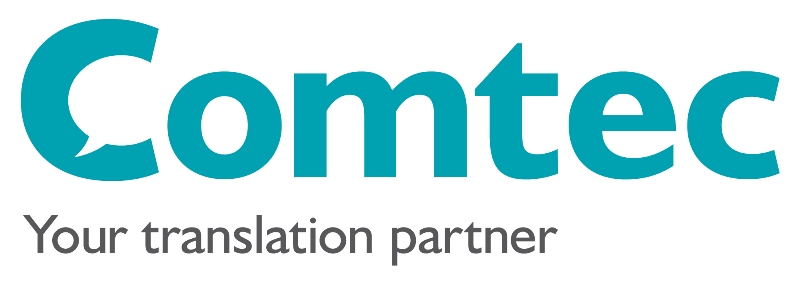Communication in other languages can feel like a daunting task. However, with a carefully thought out plan in place, translation and localisation of both web and print material provides the necessary tools to effectively expand into new markets and support rapid growth. Pentlands client Comtec Translations Ltd provide top tips for managing translations and working with a translation agency.
Getting material translated
A first word of advice; resist the temptation to do it yourself or to use in-house staff that may have knowledge of the language but are not professional translators. Making the right impression is vital and you need to be sure that you have the best resources at hand to effectively target your market. This is why investing in the support of a professional language services company is absolutely necessary. Their skills and experience in translating important communication materials will reap dividends – and save you any potential embarrassment!
Professional translators work only into their mother tongue and possess specialist knowledge of the business context involved e.g. engineering, marketing, electronics, finance. The more specialised your sector, the more important it is that the translators have the necessary specialist knowledge.
To simplify the translation process and ensure the best results:
Provide your translation agency with a clear brief. This should include your objectives, target markets, the nature of the text they will be translating and deadlines. It’s important that your supplier understands the end purpose of the translation. Do you need purely technical copy or more creative text? Is it to inform or to sell?
Provide reference material where available, i.e. product information, brochures. This helps greatly in terms of understanding.
Make use of your agents, in-market colleagues or distributors to complete final reviews of the translations. They may provide valuable input on market specific terminology and stylistic preferences. You can also allow your translation supplier to liaise directly with them to receive and process feedback as quickly as possible.
Remember to finalise your source text before starting the translation. The more versions you have, the more likely it is that errors will creep into the final version! Be sure to date each version and mark changes clearly from one version to the next.
Make sure your translation agency is using a linguist translating into their mother-tongue with first-hand knowledge of the local market and the terminology related to your sector.
For the best localisation results make sure your content:
Is written in clear and simple English
Avoids abbreviations, slang terms, idioms or colloquial expressions that might be difficult to translate
Is accurate, with no spelling or grammar errors
What to translate?
Business cards: Make sure your client knows and understands your title and position.
Company website: This will instantly give your brand an international feel. If you’re translating your website, think about how you’ll handle customer questions and responses. Create email templates, standardised forms and recorded messages.
Printed marketing material: These are useful for meetings as they provide a clear, accessible reference point for your international clients.
Videos: Localised videos are particularly useful for trade shows and websites. It’s easy to add subtitles to help your clients engage easily with videos.
If you’re considering expanding your business abroad and would like some advice on translating and localising your business materials, please get in touch on info@comtectranslations.com or call 01926 335 681. We’re here ready and waiting to help.


